
A libretto is the text used in, or intended for, an extended musical work such as an opera, operetta, masque, oratorio, cantata or musical. The term libretto is also sometimes used to refer to the text of major liturgical works, such as the Mass, requiem and sacred cantata, or the story line of a ballet.
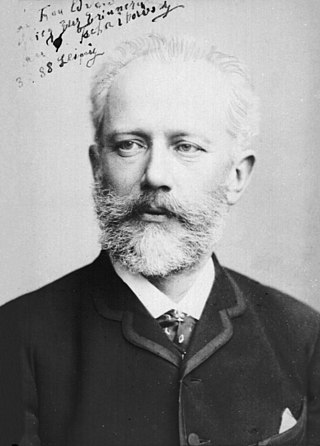
The Nutcracker, Op. 71, is an 1892 two-act classical ballet by Pyotr Ilyich Tchaikovsky, set on Christmas Eve at the foot of a Christmas tree in a child's imagination. The plot is an adaptation of E. T. A. Hoffmann's 1816 short story The Nutcracker and the Mouse King. The ballet's first choreographer was Marius Petipa, with whom Tchaikovsky had worked three years earlier on The Sleeping Beauty, assisted by Lev Ivanov. Although the complete and staged The Nutcracker ballet was not as successful as had been the 20-minute Nutcracker Suite that Tchaikovsky had premiered nine months earlier, The Nutcracker soon became popular.

Susan P. Stroman is an American theatre director, choreographer, film director and performer. Her notable theater productions include Oklahoma!, The Music Man, Crazy for You, Contact, The Producers, The Frogs, The Scottsboro Boys, Bullets Over Broadway, POTUS: Or, Behind Every Great Dumbass Are Seven Women Trying to Keep Him Alive, and New York, New York.

Center Stage is a 2000 American teen drama film directed by Nicholas Hytner about a group of young ballet dancers from various backgrounds who enroll at the fictitious American Ballet Academy in New York City. The film explores the issues and difficulties in the world of professional dance, and how each individual copes with the stresses. This movie was Zoe Saldana's and Amanda Schull's film debut.

Contact is a musical "dance play" that was developed by Susan Stroman and John Weidman, with its "book" by Weidman and both choreography and direction by Stroman. It ran both off-Broadway and on Broadway in 1999–2002. It consists of three separate one-act dance plays.

Thou Shalt Not is a musical based on Émile Zola's 1867 novel Thérèse Raquin with music and lyrics by Harry Connick Jr. and an adapted book by David Thompson. The musical deals with the consequences involved in the breaking of several Commandments, in particular the sixth and seventh. It ran on Broadway in 2001.
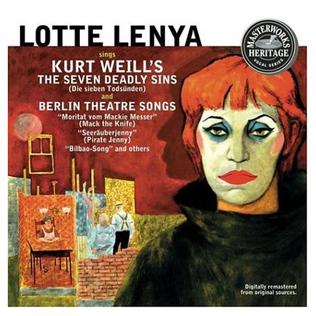
The Seven Deadly Sins is a satirical ballet chanté in seven scenes composed by Kurt Weill to a German libretto by Bertolt Brecht in 1933 under a commission from Boris Kochno and Edward James. It was translated into English by W. H. Auden and Chester Kallman and more recently by Michael Feingold. It was the last major collaboration between Weill and Brecht.
Megan Fairchild is an American ballet dancer. She is currently a principal dancer with the New York City Ballet.
The Man I Love may refer to:
David Thompson is an American writer, playwright, and producer. His notable theater productions include Chicago, The Scottsboro Boys, The Prince of Broadway, and New York, New York.
Damian Woetzel is an American choreographer.

Apollo is a neoclassical ballet in two tableaux composed between 1927 and 1928 by Igor Stravinsky. It was choreographed in 1928 by twenty-four-year-old George Balanchine, with the composer contributing the libretto. The scenery and costumes were designed by André Bauchant, with new costumes by Coco Chanel in 1929. The scenery was executed by Alexander Shervashidze, with costumes under the direction of Mme. A. Youkine. The American patron of the arts Elizabeth Sprague Coolidge had commissioned the ballet in 1927 for a festival of contemporary music to be held the following year at the Library of Congress in Washington, D.C.
Albert Pierce Evans was an American ballet dancer and choreographer. He joined the New York City Ballet in 1988, became a principal dancer in 1995, making him the second African American dancer to hold this position, and had pursue choreography. He retired from performing in 2010, then served as a ballet master until his death.

Tiler Kalyn Peck is an American ballet dancer who is a principal dancer with the New York City Ballet. As well as ballet, she has performed in musical theatre shows and has made cameo appearances in films including Donnie Darko and television series including Tiny Pretty Things.

Ask la Cour Rasmussen is a Danish ballet dancer. He joined the Royal Danish Ballet in 2000, then moved to the New York City Ballet in 2002, and was promoted to principal dancer in 2013. He retired from the company in 2021.
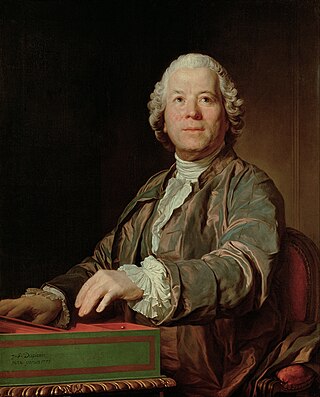
Don Juan ou Le Festin de Pierre is a ballet with a libretto by Ranieri de' Calzabigi, music by Christoph Willibald von Gluck, and choreography by Gasparo Angiolini. The ballet's first performance was in Vienna, Austria on Saturday, 17 October 1761, at the Theater am Kärntnertor. Its innovation in the history of ballet, coming a year before Gluck's radical reform of opera seria with his Orfeo ed Euridice (1762), was its coherent narrative element, though the series of conventional divertissement dances in the second act lies within the well-established ballet tradition of an entr'acte effecting a pause in the story-telling. The ballet follows the legend of Don Juan and his descent into Hell after killing his inamorata's father in a duel.
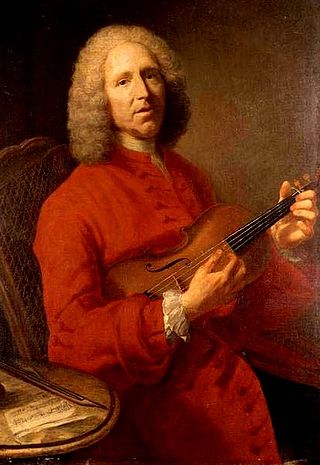
Anacréon is an opera by Jean-Philippe Rameau which was first performed at Fontainebleau on 23 October 1754. Its libretto is by Louis de Cahusac. It takes the form of an acte de ballet in one act. Rameau also composed another Anacréon in 1757. The latter was an act added to a revival of the opéra-balletLes surprises de l'Amour and has sometimes been performed and recorded as a stand-alone opera. It too features the Ancient Greek poet Anacreon as its hero, but the libretto and its plot are totally different.
Les mariés de la tour Eiffel is a ballet to a libretto by Jean Cocteau, choreography by Jean Börlin, set by Irène Lagut, costumes by Jean Hugo, and music by five members of Les Six: Georges Auric, Arthur Honegger, Darius Milhaud, Francis Poulenc and Germaine Tailleferre. The score calls for two narrators. The ballet was first performed in Paris in 1921.

Marcus Earl Stroman is an American professional baseball pitcher who is a free agent. He previously played in Major League Baseball (MLB) for the Toronto Blue Jays, New York Mets, and Chicago Cubs. Stroman’s height is listed at 5 feet 7 inches (1.70 m), making him one of only six pitchers shorter than 5 feet 10 inches (1.78 m) to make a start at the MLB level in the 21st century.
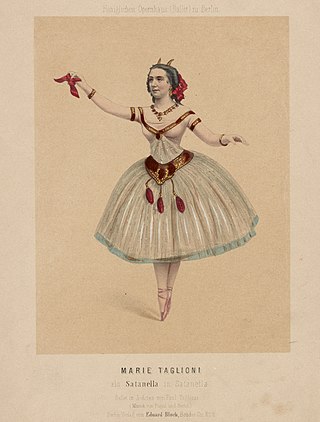
Faust ballets are a set of ballets, choreographed between the 18th and 20th centuries, based on the legend of Faust. As early as 1723, London-based John Rich put on a Faust-inspired ballet pantomime called The Necromancer at the Lincoln's Inn Fields Theatre. In the 19th century several productions took Faust as their subject matter including August Bournonville's 1832 production Faust for the Royal Danish Ballet.













